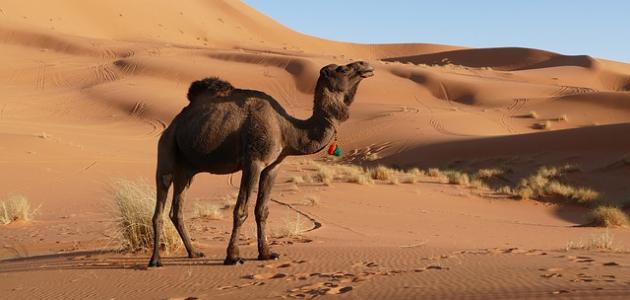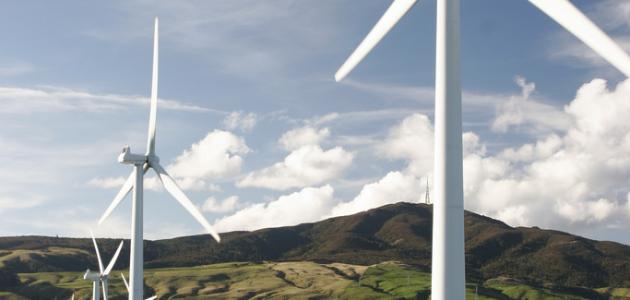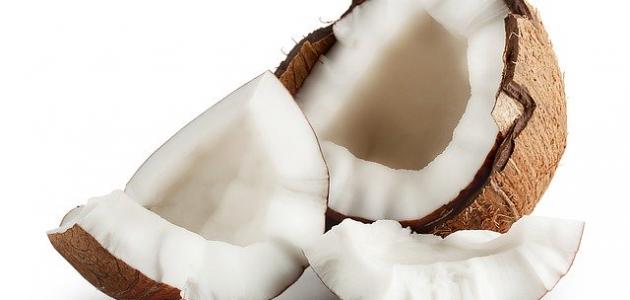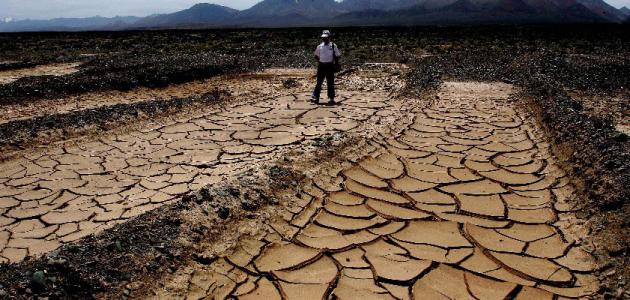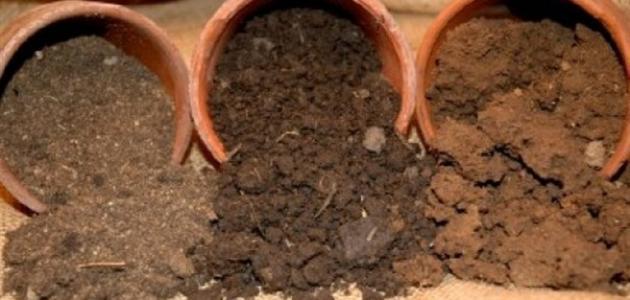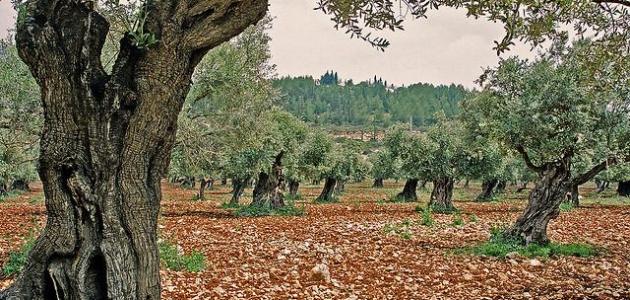desert environment characteristics
Deserts consist of dry lands, sandy or rocky dunes, or a combination of both, and contain many diverse terrains, and there are many different types of deserts; Because the criteria for defining desert environments differ from other environments, as they are not related to the type of rocks, the amount of sand, or even temperatures; There are very hot deserts and very cold deserts, such as the deserts of the Antarctic region and the deserts of Greenland, so desert environments are classified based on the amount of rainfall, so the definition of desert environments includes the presence of natural features and terrain on which small amounts of rain fall. It rains during the year in ideal conditions, with an average precipitation of about 25 cm or less. In addition, it is characterized by an average fluctuating and irregular precipitation; It is possible for more amounts to fall than the average annual precipitation, but not to receive any amounts of rain in the following year or the year before.
Moreover, the lands of desert environments are considered barren lands; Where desert environments suffer from high rates of water loss through the processes of transpiration and evaporation in plants, and these two processes are called evapotranspiration. That is, the total amount of water lost by natural features in desert environments when it is available, so that the percentage of the evaporative transpiration process exceeds the average annual precipitation by a rate that may reach 1:33, and the higher the percentage of this process, the lower the percentage of available moisture; Because most of the moisture in the soil seeps into the lower layers of it, especially when the soil texture is coarse, so all these climatic factors, including the lack of precipitation, and the large temperature variation throughout the day, in addition to the high evaporation rates, lead to the soil tending in the deserts. Until it is rocky or sandy, and it contains a small amount of organic matter, so it is clear from the foregoing that there are many types of deserts, and their differences between them depending on their location and the prevailing climate in them.
Read also:The finest types of datesdesert environment climate
The prevailing climate in desert environments differs according to their type, as dry deserts have a very hot climate in summer and moderate heat during the rest of the year, with little rainfall during the winter in the form of light rain or heavy showers during a short period of time, and the Atacama Desert is considered (in English: Atacama) is the driest desert in the world, with an average precipitation of about 1 mm, which falls every 5-20 years, while the coastal desert areas are characterized by a mild to warm climate, with summer temperatures ranging from 12°-24°C. , while the winter temperatures reach 5 ° C, and the average precipitation ranges between 8-13 cm annually. The deserts of Antarctica reach zero degrees Celsius in the summer, while temperatures in the winter range between -20.5°- 79°C.
Animals of the desert environment
Desert environments are considered one of the important biomes. Being a habitat for many types of animals and plants, where some types of cold-blooded animals live in hot deserts such as snakes, lizards, and insects, in addition to some types of mammals such as the Kangaroo Rat (in English: Kangaroo Rat), and the dwarf fox (in English: Kit Fox), while living In the coastal deserts, such as the Eritrean coastal deserts in Africa, there are some types of animals such as gazelles, animals of the skink family, gecko, and dikdik - a type of small antelope - (in English: Dikdik), as for cold deserts such as deserts Antarctica, where there are a few animals such as seals, penguins, and some birds, most of which live near the shore, where they build their snowy homes there, and depend on fish, squid, and some marine creatures for their food.
Read also:corn ingredientsMany animals that live in different desert environments have adapted; In order to survive, maintain the temperature of their bodies and enable them to use water less, the camel can stay for weeks without access to water, and its nostrils and eyelashes form a barrier against the sand, while the fennec fox or the so-called desert fox (in English) : Fennec Fox) to go out to hunt its prey only after sunset, as the desert tortoise spends most of its time underground, and most birds make permanent migrations; To search for food, in addition to that, the Namibian desert beetle has special adaptations that enable it to extract water from the fog in the air,[XNUMX] In addition, some mice build their homes from fallen cactus thorns. To protect themselves from predators such as hawks and coyotes, or what is known as coyote.
Desert plants
Many types of plants live in diverse desert environments that are able to search for and store water for long periods, as there are cacti, creosote bush, and sagebrush, which is a type of wormwood plant in hot deserts. While living in the coastal deserts is the salt bush, and some plants that belong to the grass family, such as Rice Grass, black sage, which is one of the genus of sage or sage, and Chrysothamnus. It is one of the types of stellate plants. As for cold deserts, very few plants live in it compared to other types of deserts, and they include: algae, herbs, and plants with thin, thorny leaves that grow only in the summer.
Read also:manifestations of winterIt should be noted that all desert plants have many adaptations of their own. to enable them to survive, so that most of the seeds of plants that live in dry deserts can remain idle in the sand for a long time; until the water necessary for its growth is available, and the plants of hot and coastal deserts are characterized by the presence of a system of wide roots that rise to the surface layer of the soil, and also extend on a large scale; To enable it to absorb any amount of rain if it is available, in addition to that, aloe vera leaves are covered with a waxy layer that prevents water loss, while coastal desert plants are characterized by thick leaves that enable them to absorb and store water.
